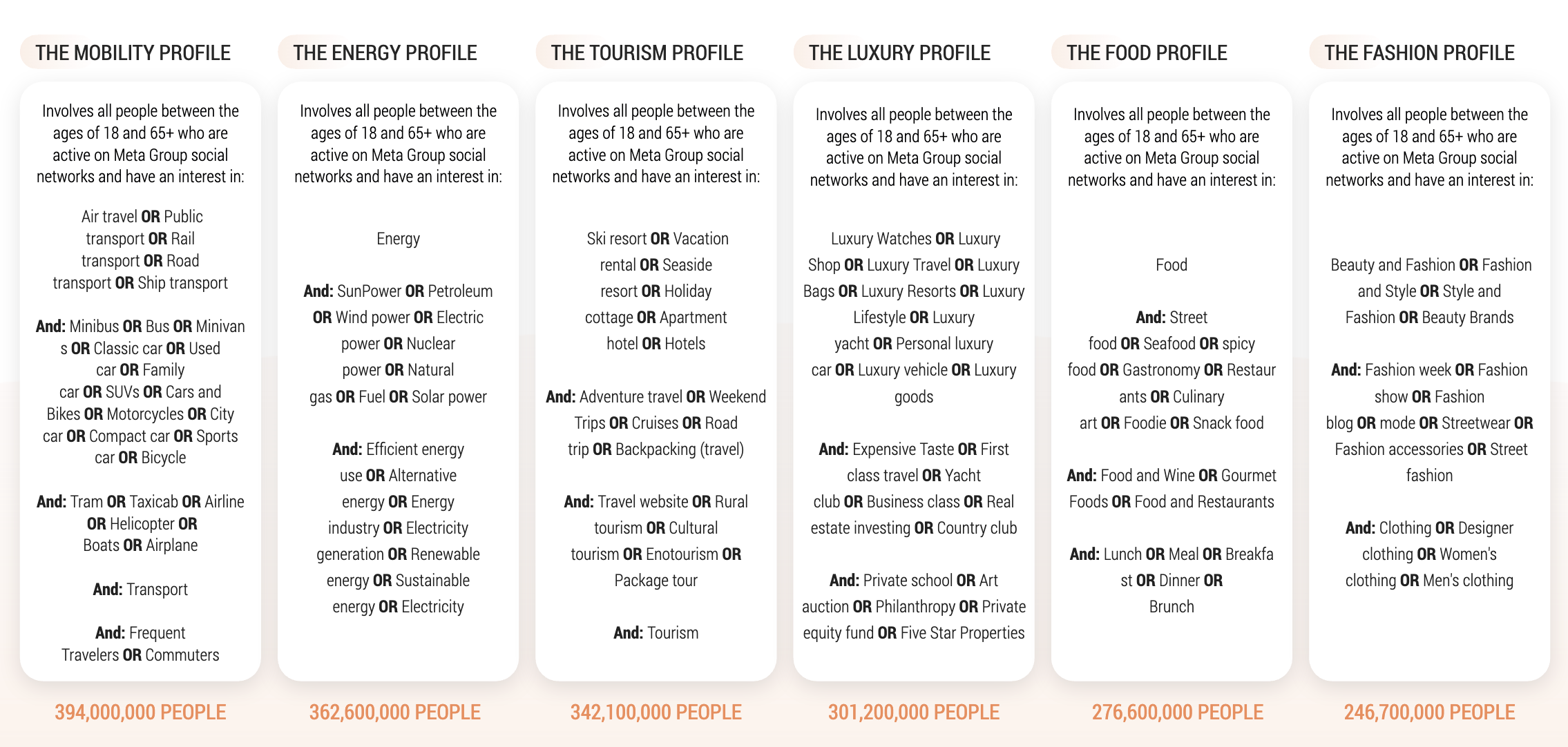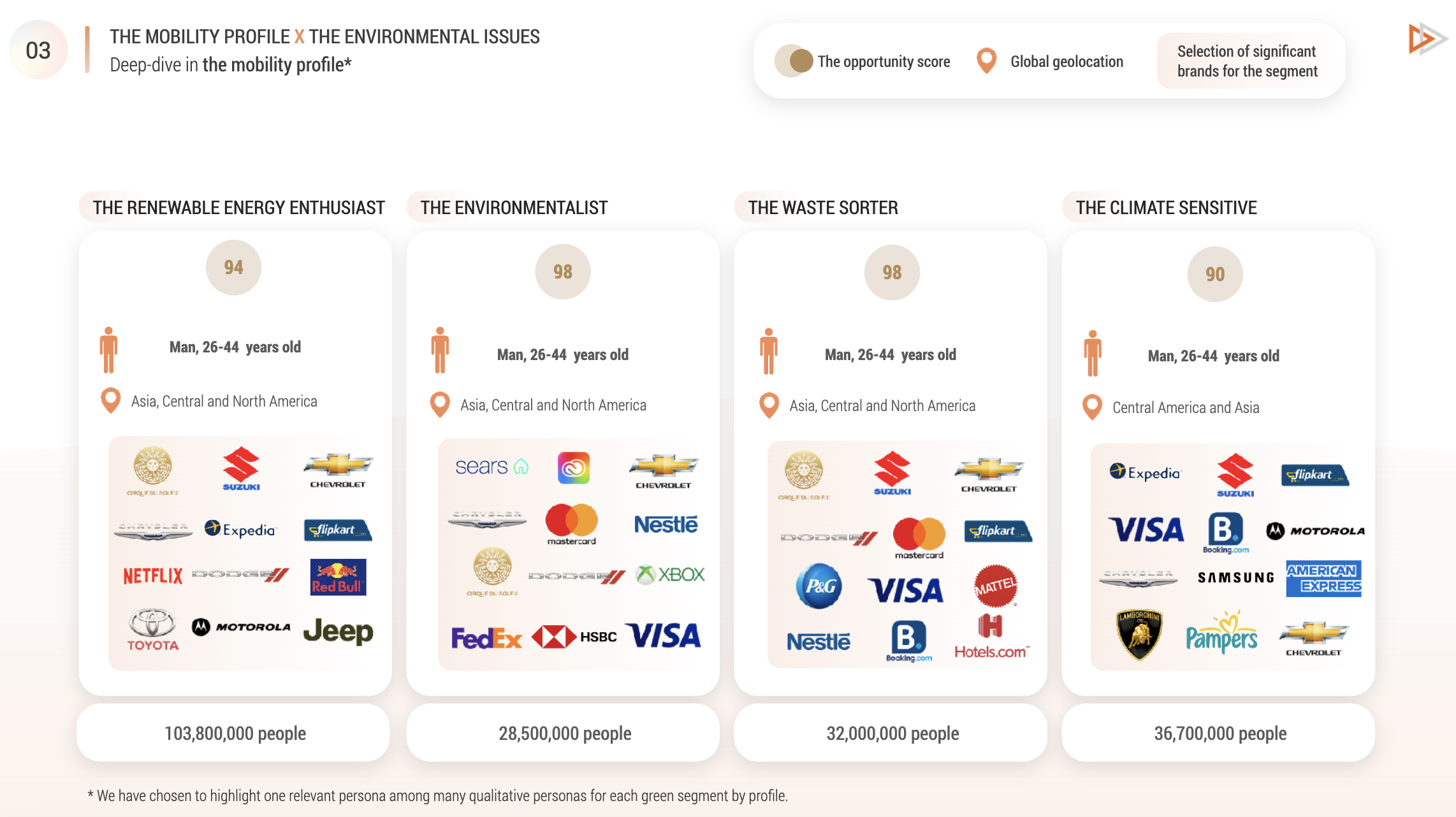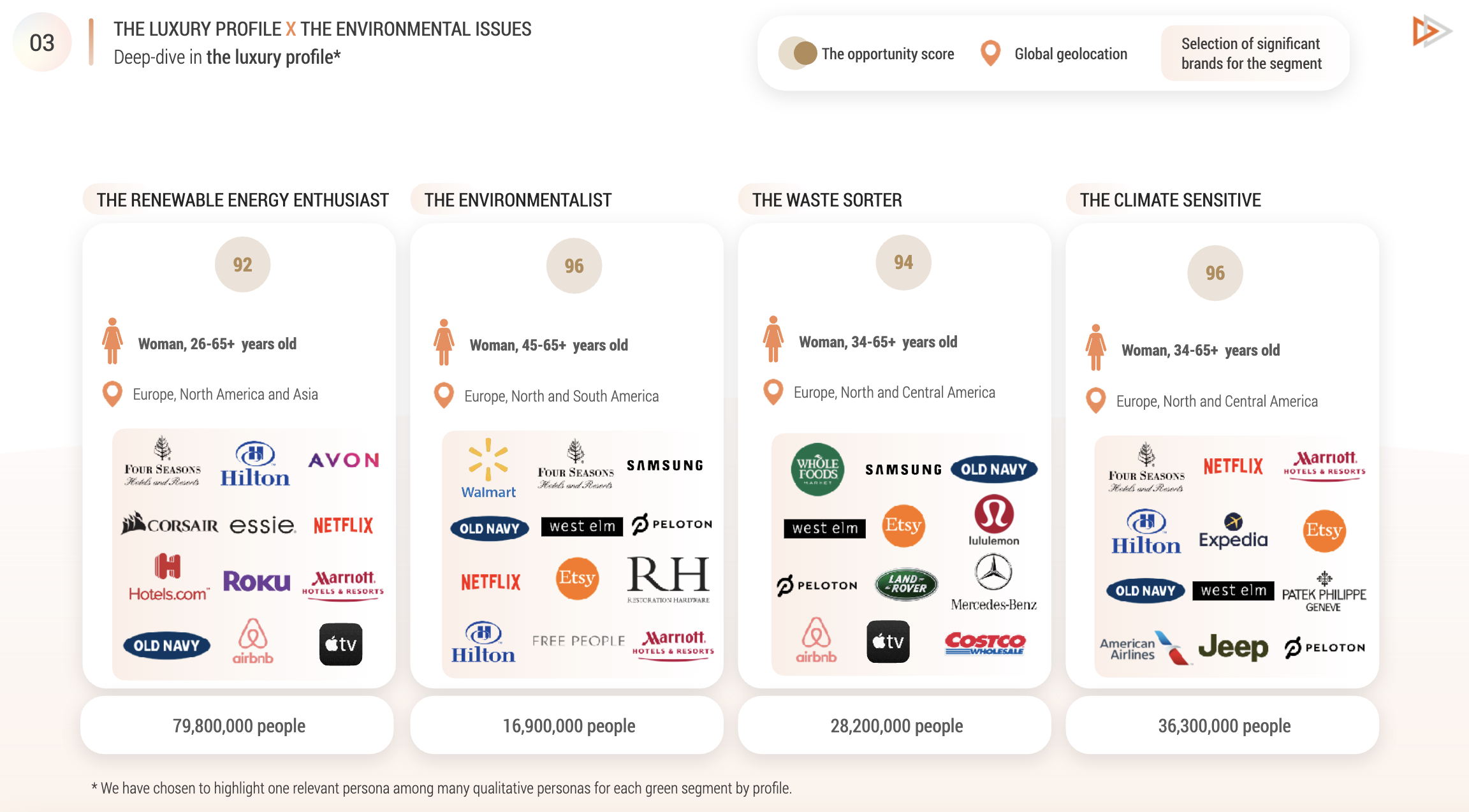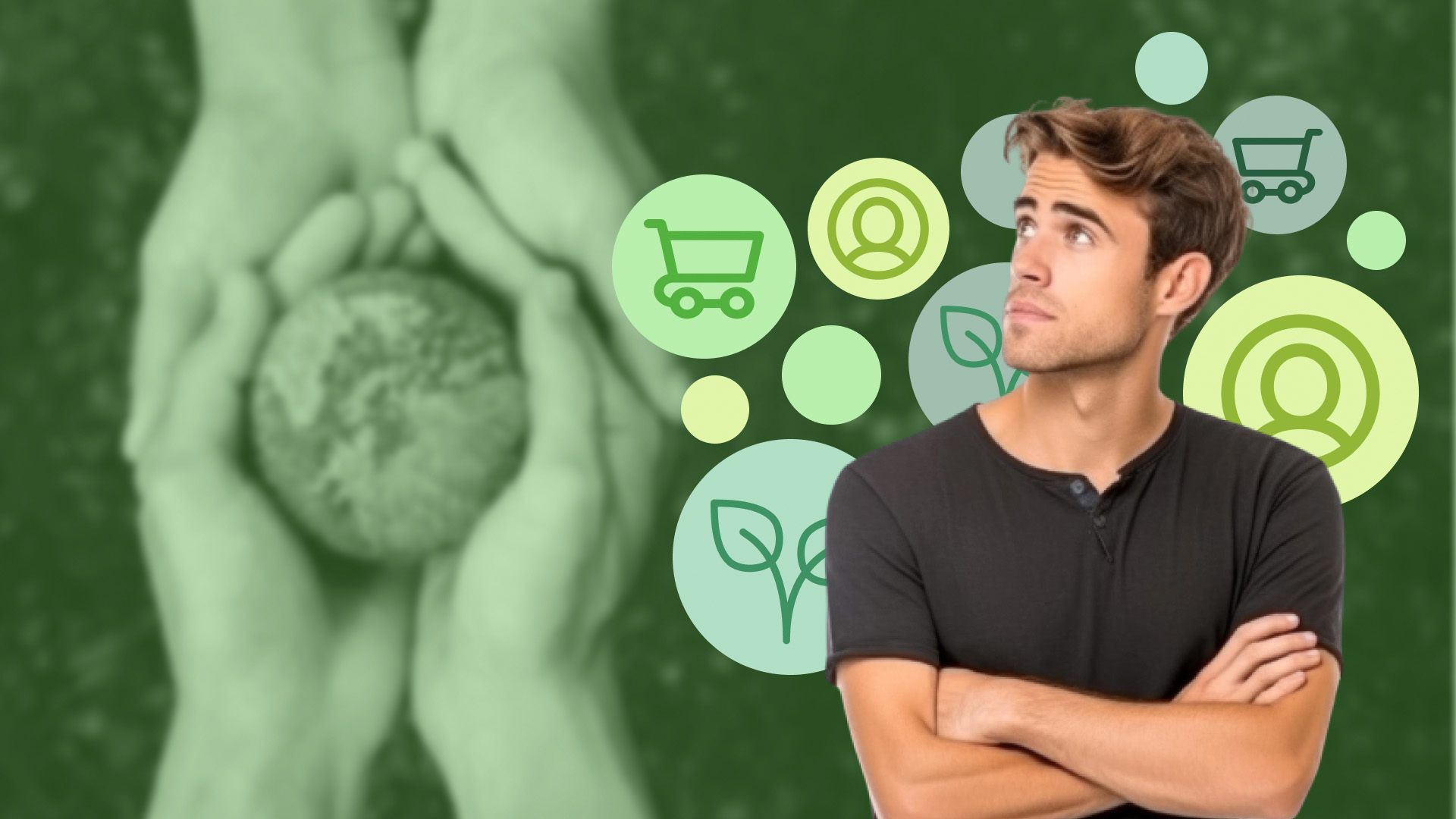Not all eco-conscious consumers are created equal
By now, most brands have caught on that consumers want to buy eco-conscious products. They’ve even learned that 74% of consumers are willing to pay a premium for these products. So in 2023, we can say that it’s now more profitable to be sustainable, than not.
This is why so many brands then, have been investing millions and millions of dollars in becoming more sustainable - for the foreseeable payoff.
But what they haven’t quite grasped yet, is that not all eco-conscious consumers are created equal. In that case, these brands could be investing lots of money to make their products out of recyclable plastics, when what their audience really cares about is renewable energy.
Obviously, we’re not saying that the money you spend on any sustainability effort is a waste. What we're saying though is that it might be smarter, and more profitable to understand the eco-preferences of your customer base first, and become sustainable in the ways they care about.
So to help brands do just that, we’ve used SOPRISM to analyze 6 types of audiences. We aimed to understand the socio-demographic and psychographic typology of these audiences, and understand their level of interest in environmental issues - to inspire what brands should do in their sustainability efforts, to attract these audiences.
Here are the six consumer profiles:

Then we looked at the four main types of eco-conscious consumers, to see which eco-conscious consumer type was most prevalent in the audiences mentioned above.
The four main types of eco-conscious consumers are the“Renewable Energy Enthusiasts”, “Environmentalists”, “Waste Sorters”, and the “Climate Sensitive”.

Here’s how they showed up in some of our profiles: *we’re using the highest opportunity score, the score in brown, to show brands the type of eco-conscious consumer they should be catering to.

For the Mobility profile, we can see that both the “Environmentalist” and “Waste Sorter” consumers are most prevalent. And those consumers have the highest affinity towards brands like Sears, Chevy, Nestle, Xbox, Mastercard, Visa, and Mattel, among others.
These brands should then be catering the most to the “Environmentalist” and “Waste Sorter” audiences.
Their eco-conscious efforts should center around waste management and renewable energies.

The luxury profile is different in the sense that this audience is mostly made up of the “Environmentalists”, and “Climate Sensitive”, when we observe the most common types of eco-conscious consumers that show up.
The data tells us that brands like Old Navy, Peloton, Lululemon, and Whole Foods should all put their sustainability efforts towards the environment, specifically, global warming efforts.
Brands becoming more eco-conscious is a no-brainer, but before spending millions to become so, they should consider analyzing their audience using SOPRISM, and understanding which sustainability efforts they care about most. This will ensure that what each brand does, resonates with their audience and of course turns more of them into customers.
For more information access our full study on eco-conscious consumers here, and to find out what type of sustainability initiatives your audience cares about most, sign up for SOPRISM.






